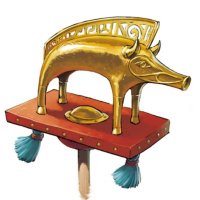
Celtic La Tène
@celtic_latene
🇨🇭 Celtic enthusiast, sharing his particular passion for La Tène culture and other Celtic Iron Age cultures 🇨🇭
ID: 1437871231915765760
14-09-2021 20:10:03
1,1K Tweet
4,4K Takipçi
153 Takip Edilen












@celtic_latene
🇨🇭 Celtic enthusiast, sharing his particular passion for La Tène culture and other Celtic Iron Age cultures 🇨🇭
ID: 1437871231915765760
14-09-2021 20:10:03
1,1K Tweet
4,4K Takipçi
153 Takip Edilen










